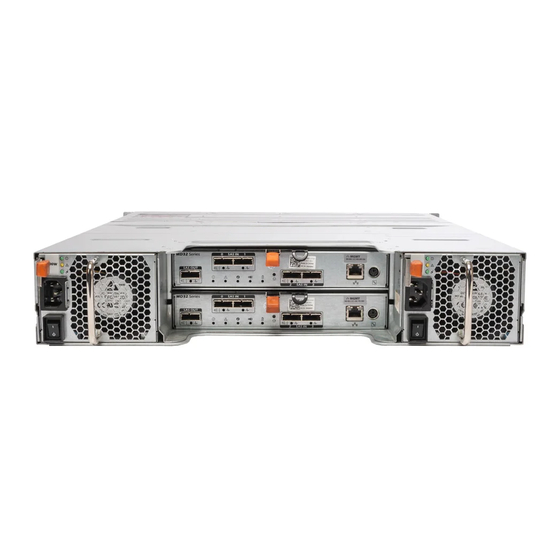Dell PowerVault MD3200 Series 기술 매뉴얼북 - 페이지 31
{카테고리_이름} Dell PowerVault MD3200 Series에 대한 기술 매뉴얼북을 온라인으로 검색하거나 PDF를 다운로드하세요. Dell PowerVault MD3200 Series 40 페이지. Storage arrays
Dell PowerVault MD3200 Series에 대해서도 마찬가지입니다: 업데이트 매뉴얼 (32 페이지), 랙 설치 지침 (2 페이지), 지원 매트릭스 (12 페이지), 설치 매뉴얼 (18 페이지), 배포 매뉴얼 (38 페이지), 정보 업데이트 (1 페이지), 지원 매트릭스 (17 페이지), 백서 (22 페이지), 배포 매뉴얼 (38 페이지), 배포 매뉴얼 (38 페이지)

